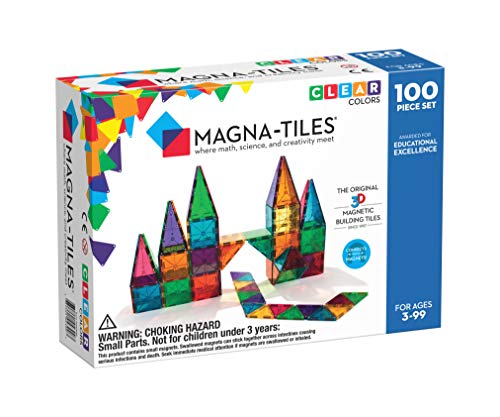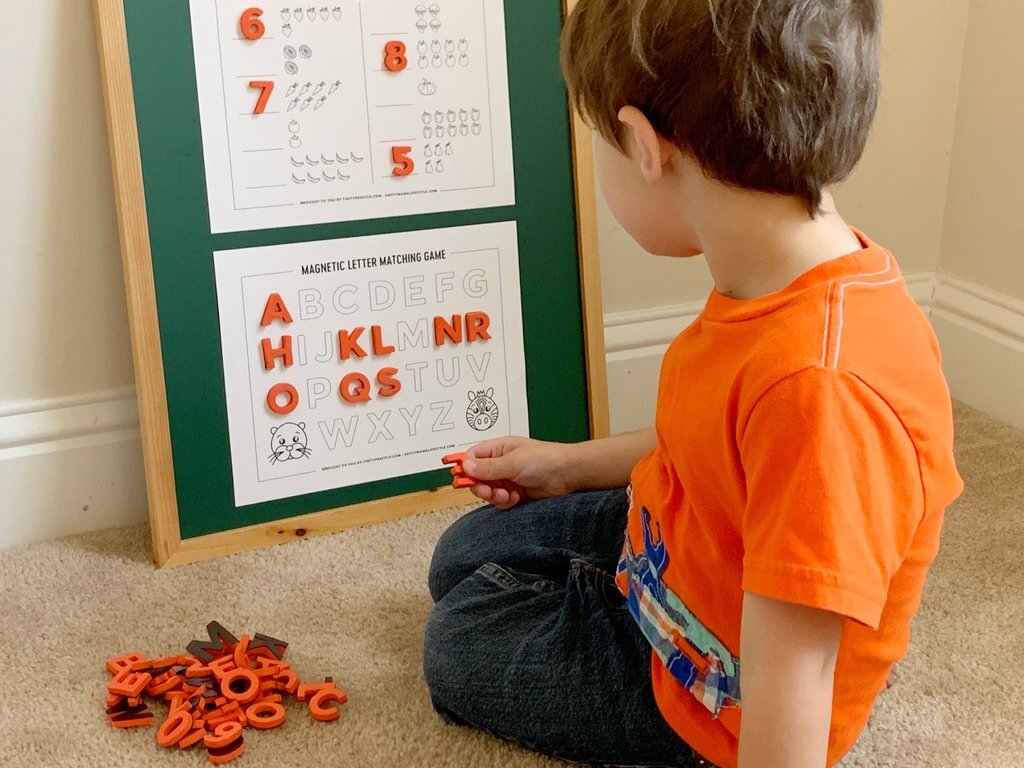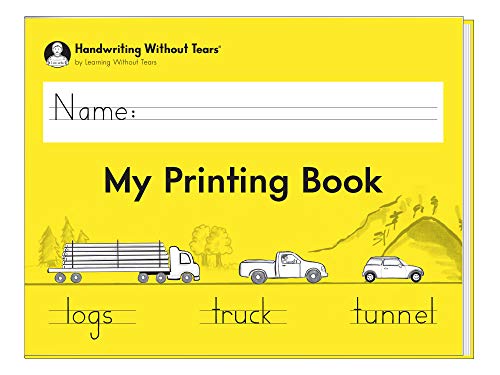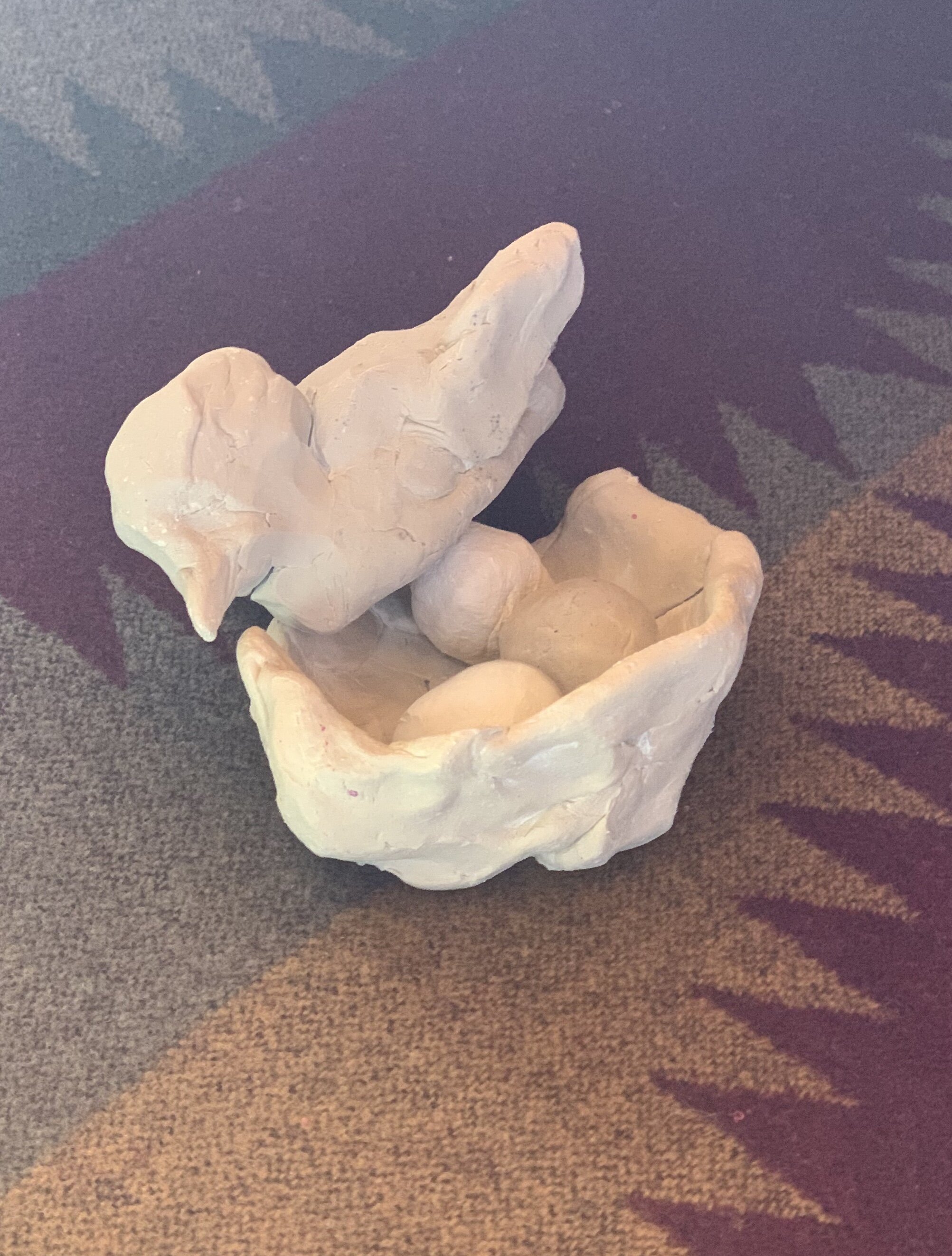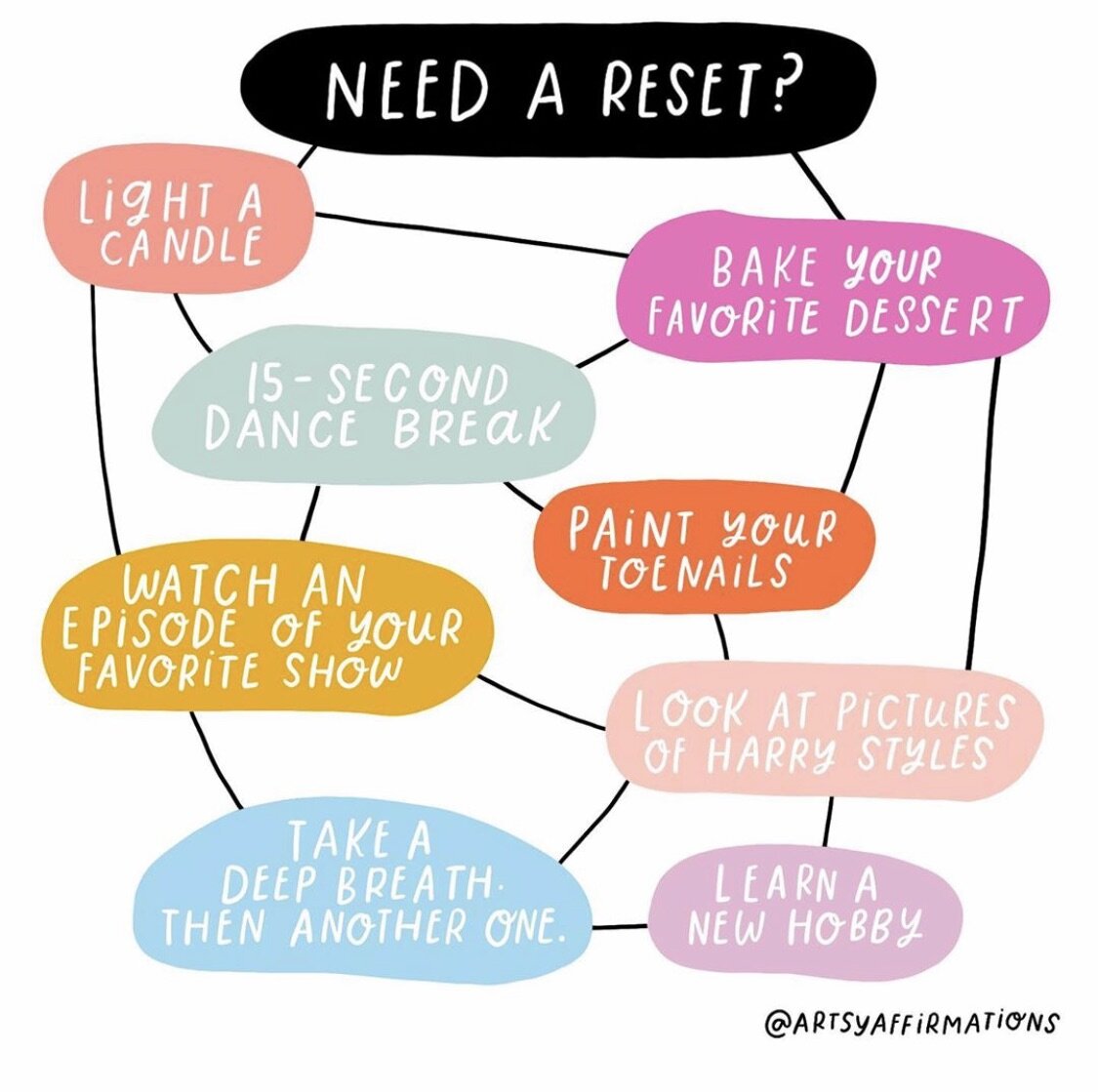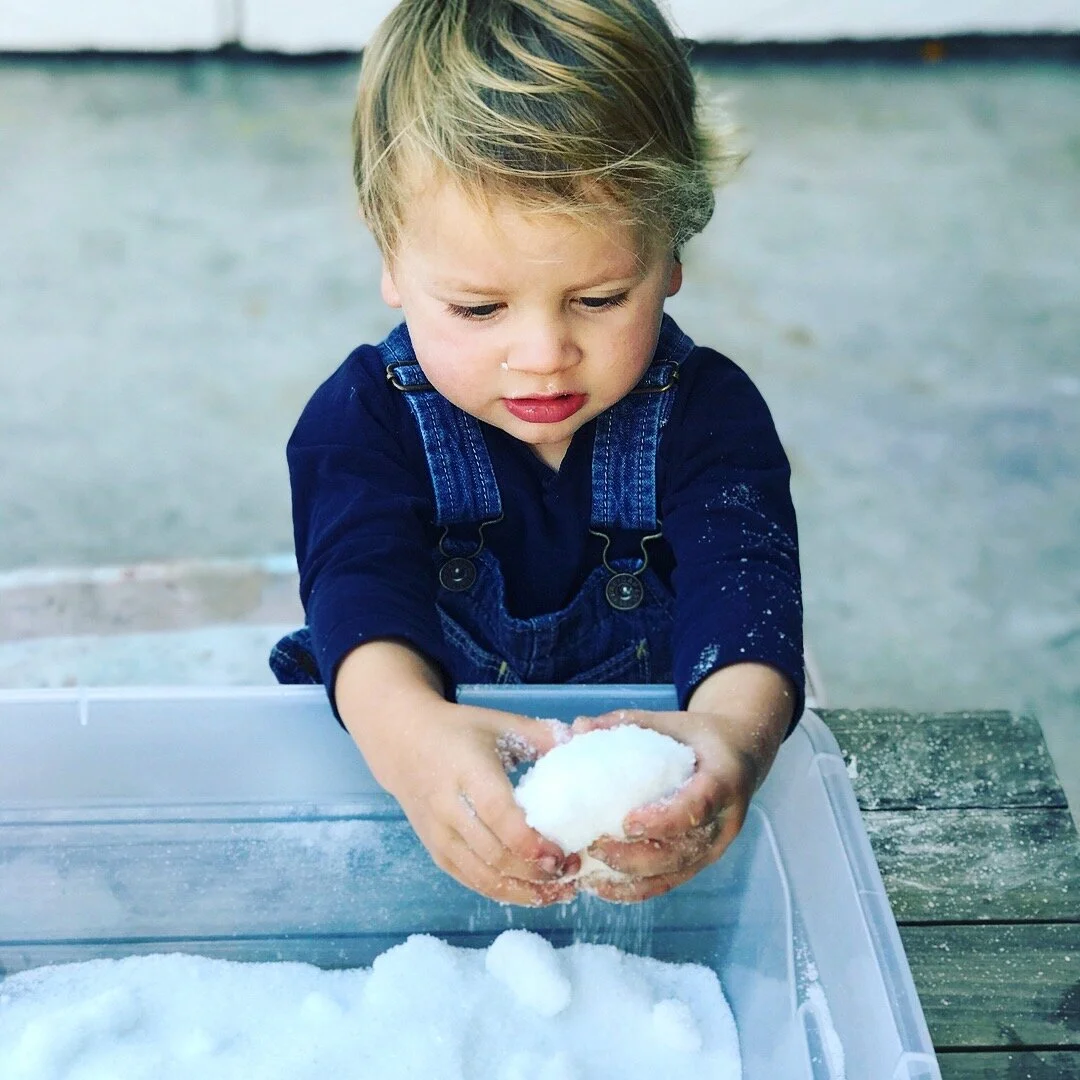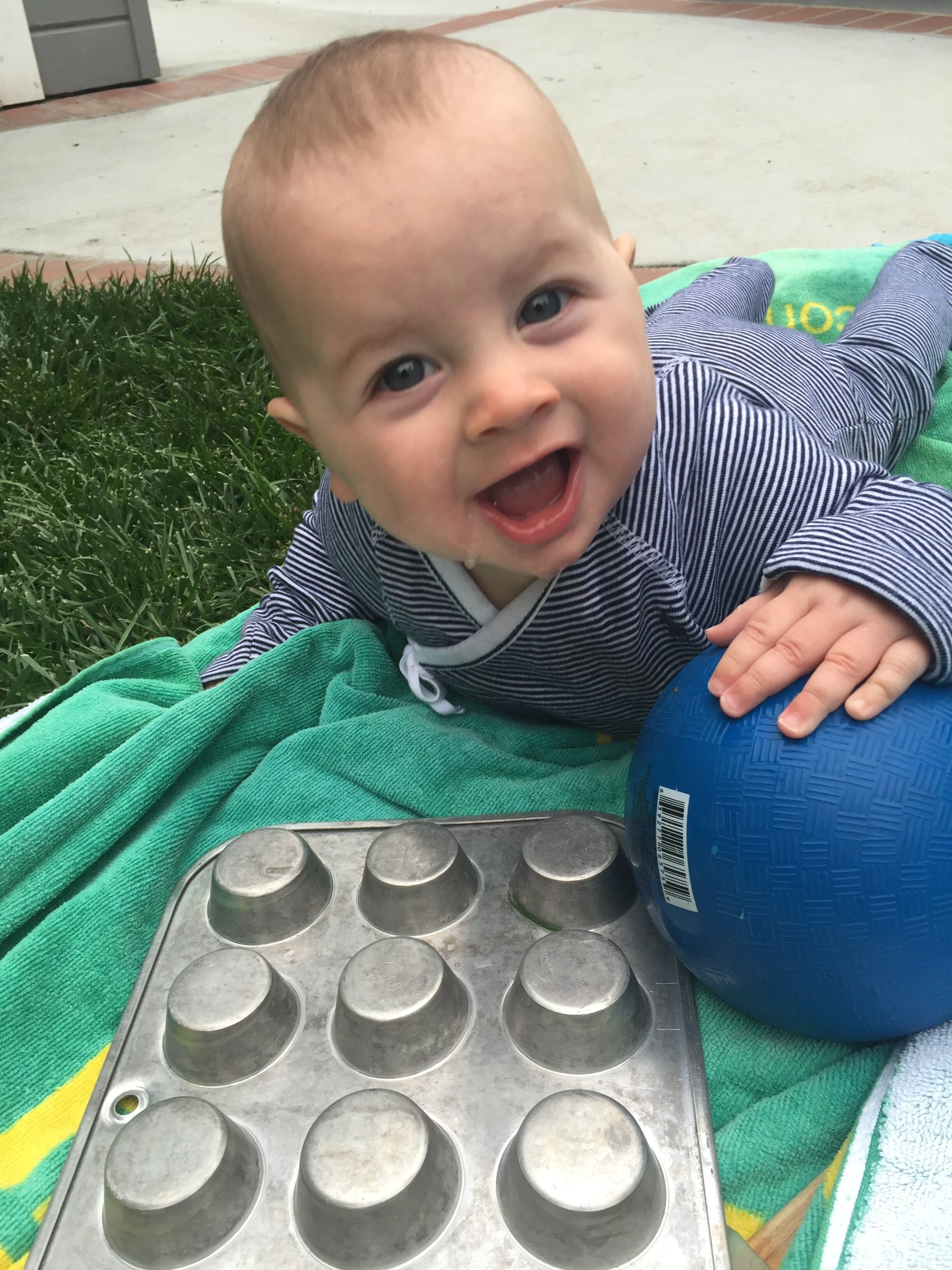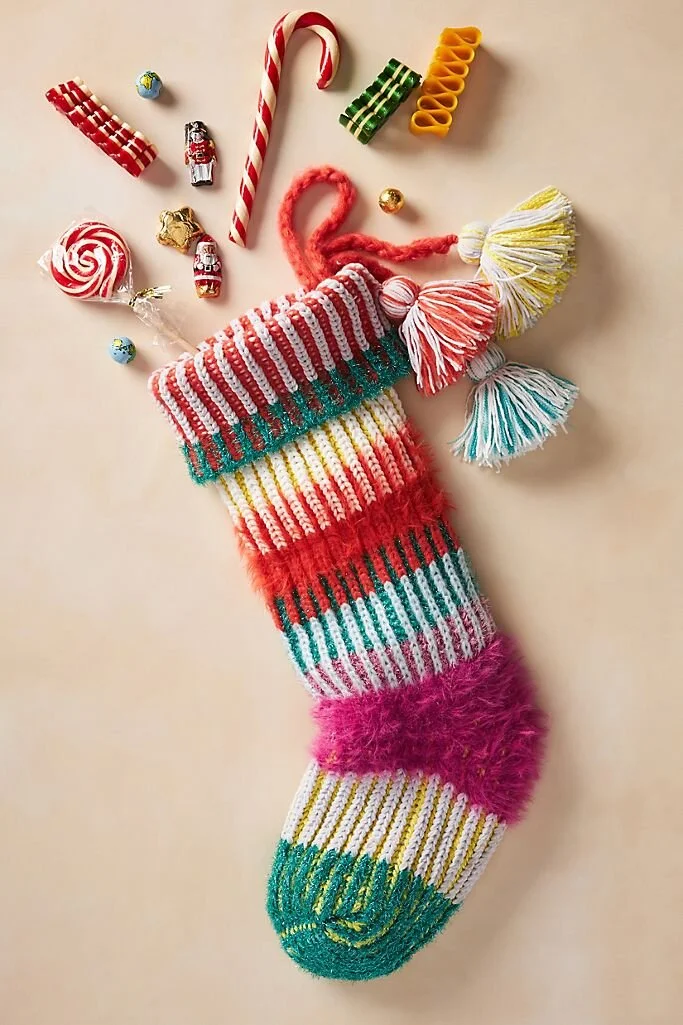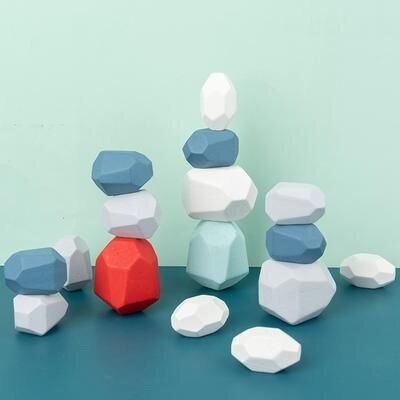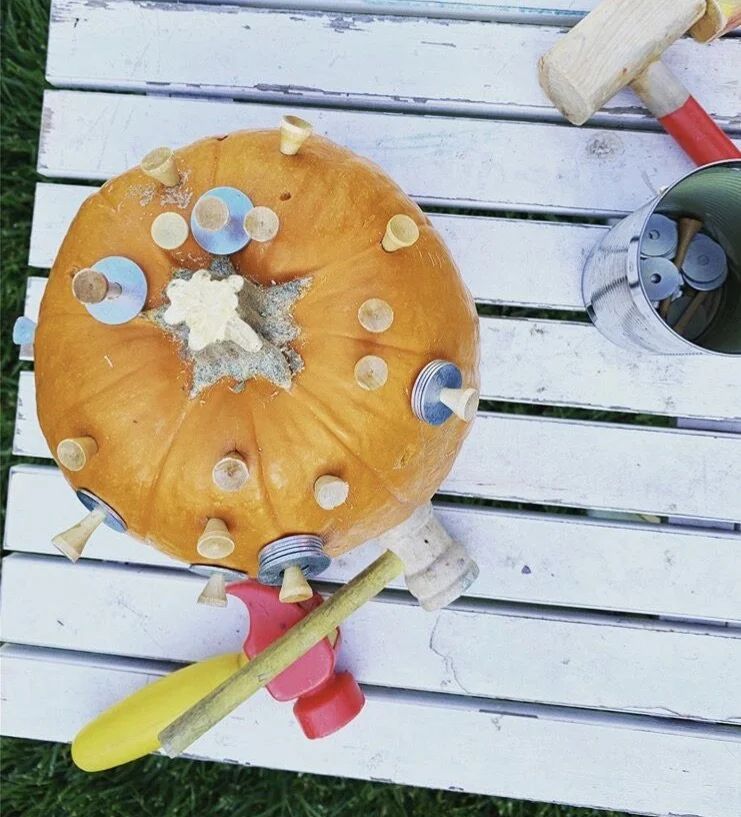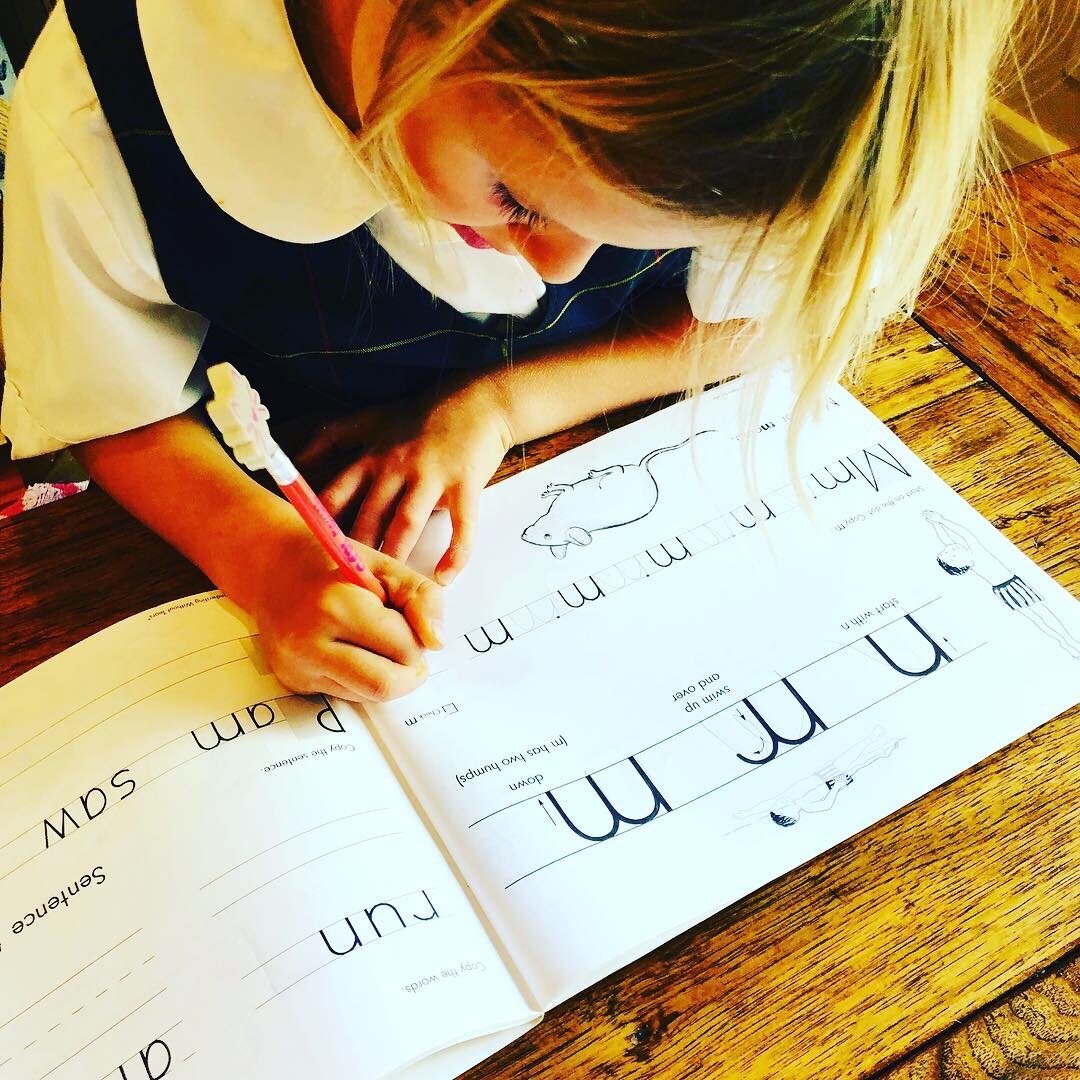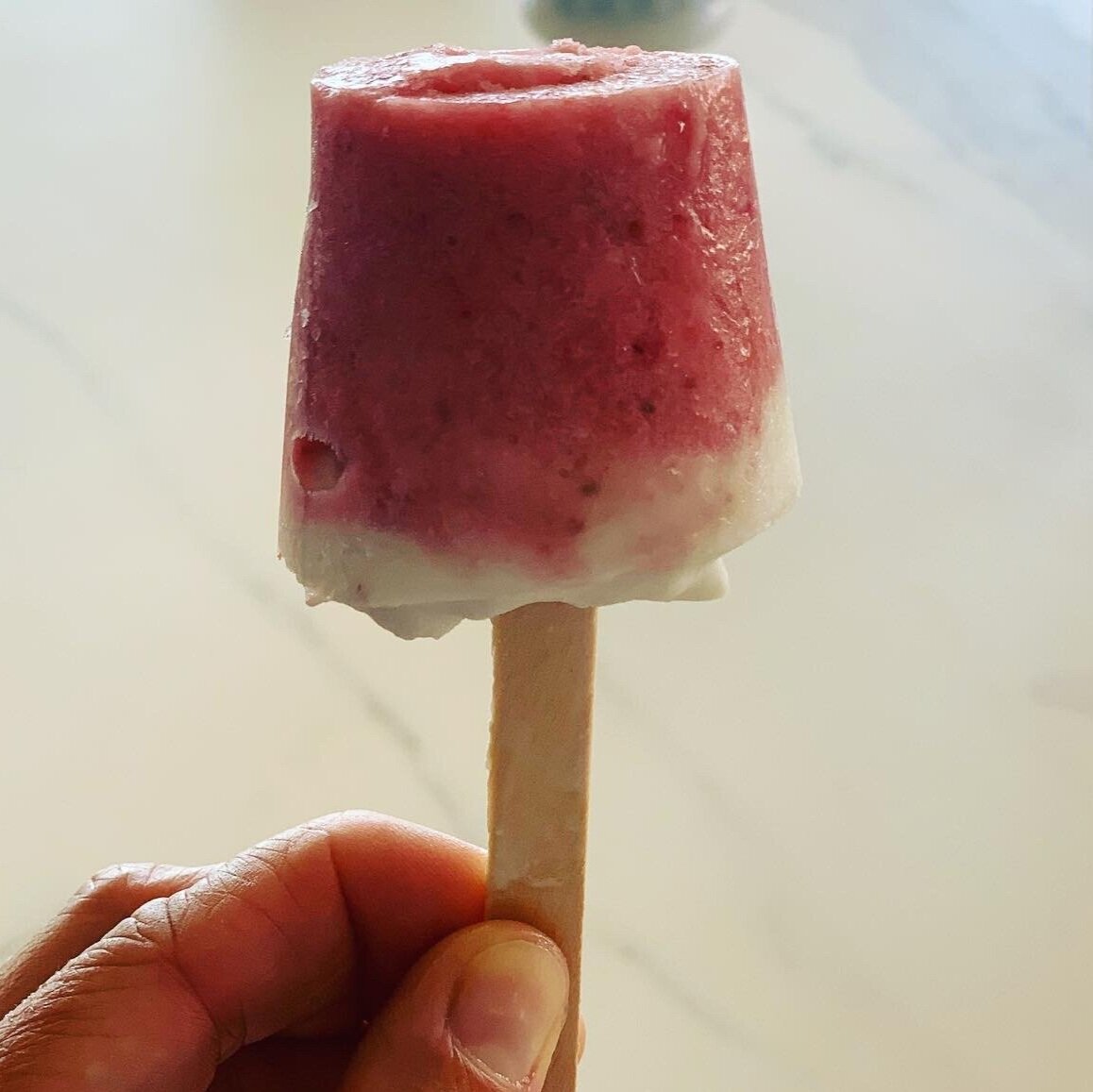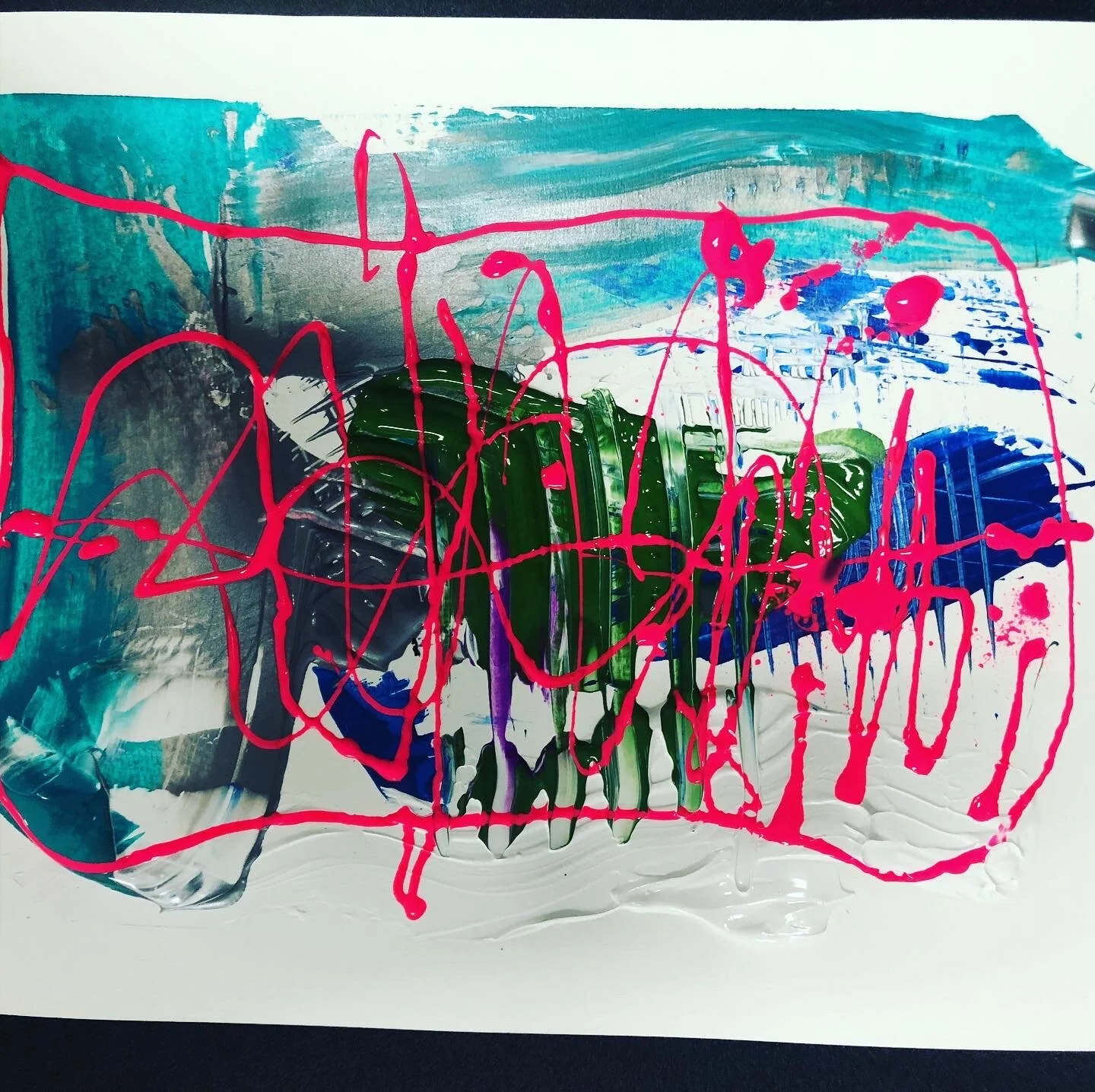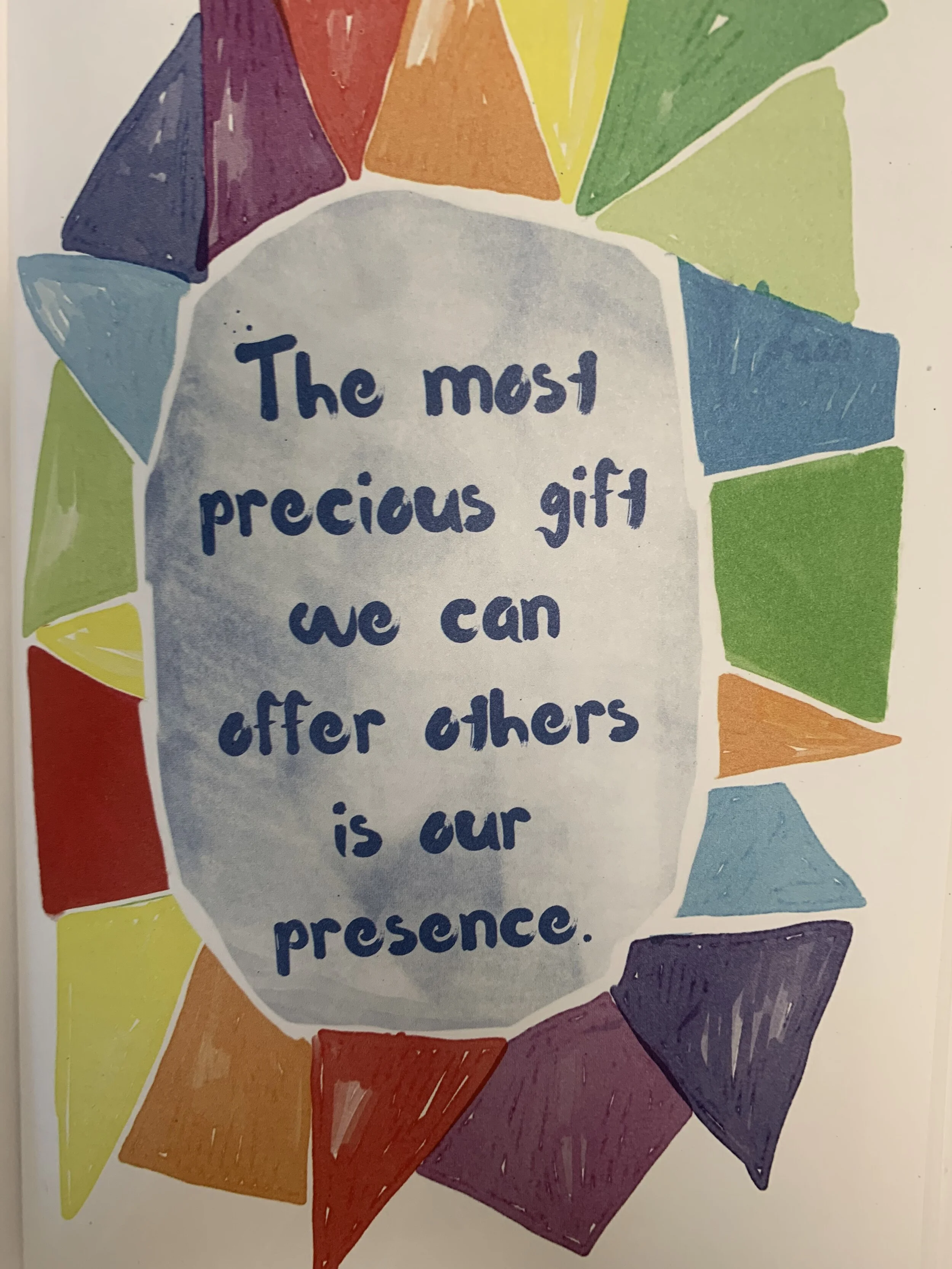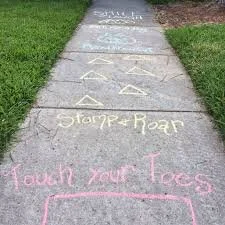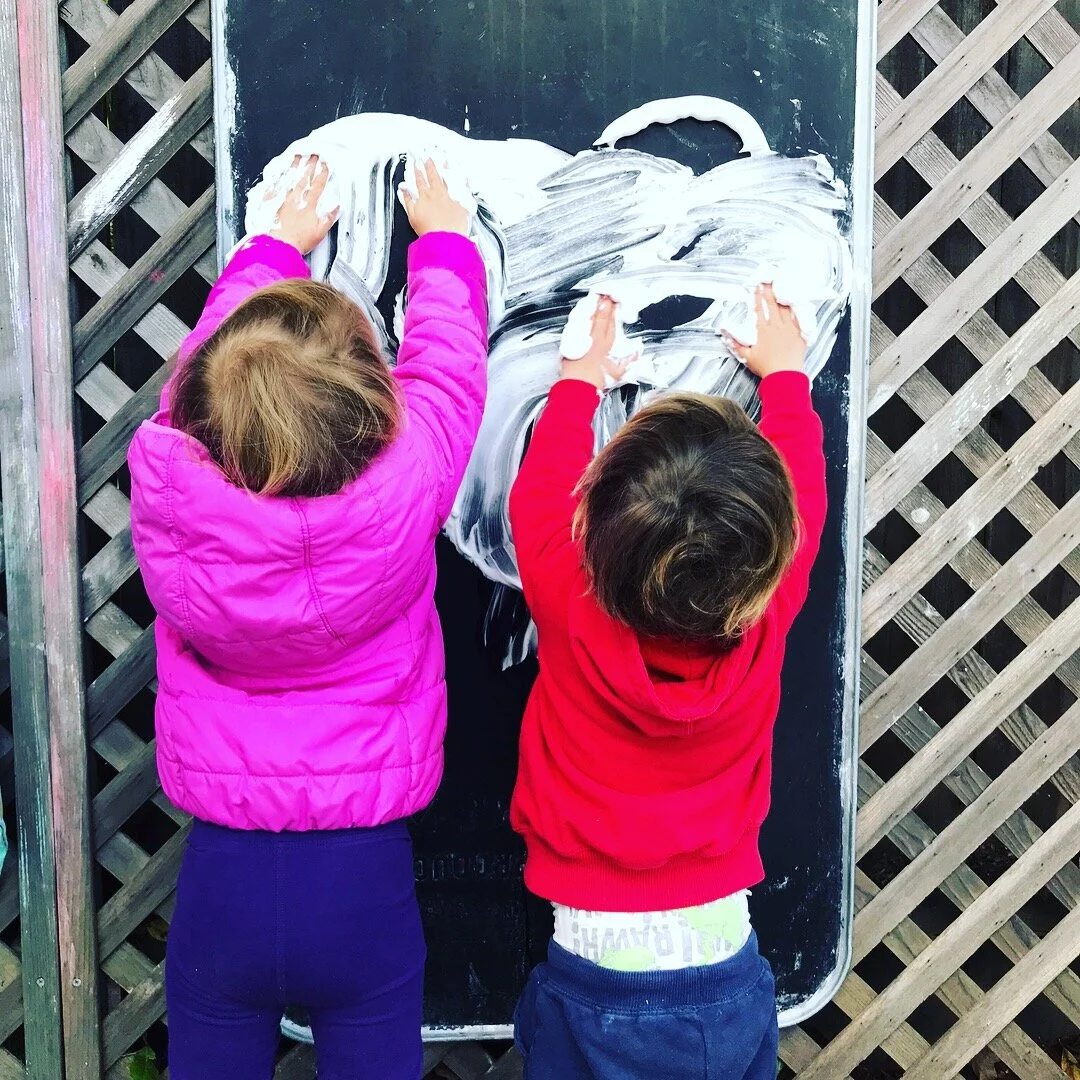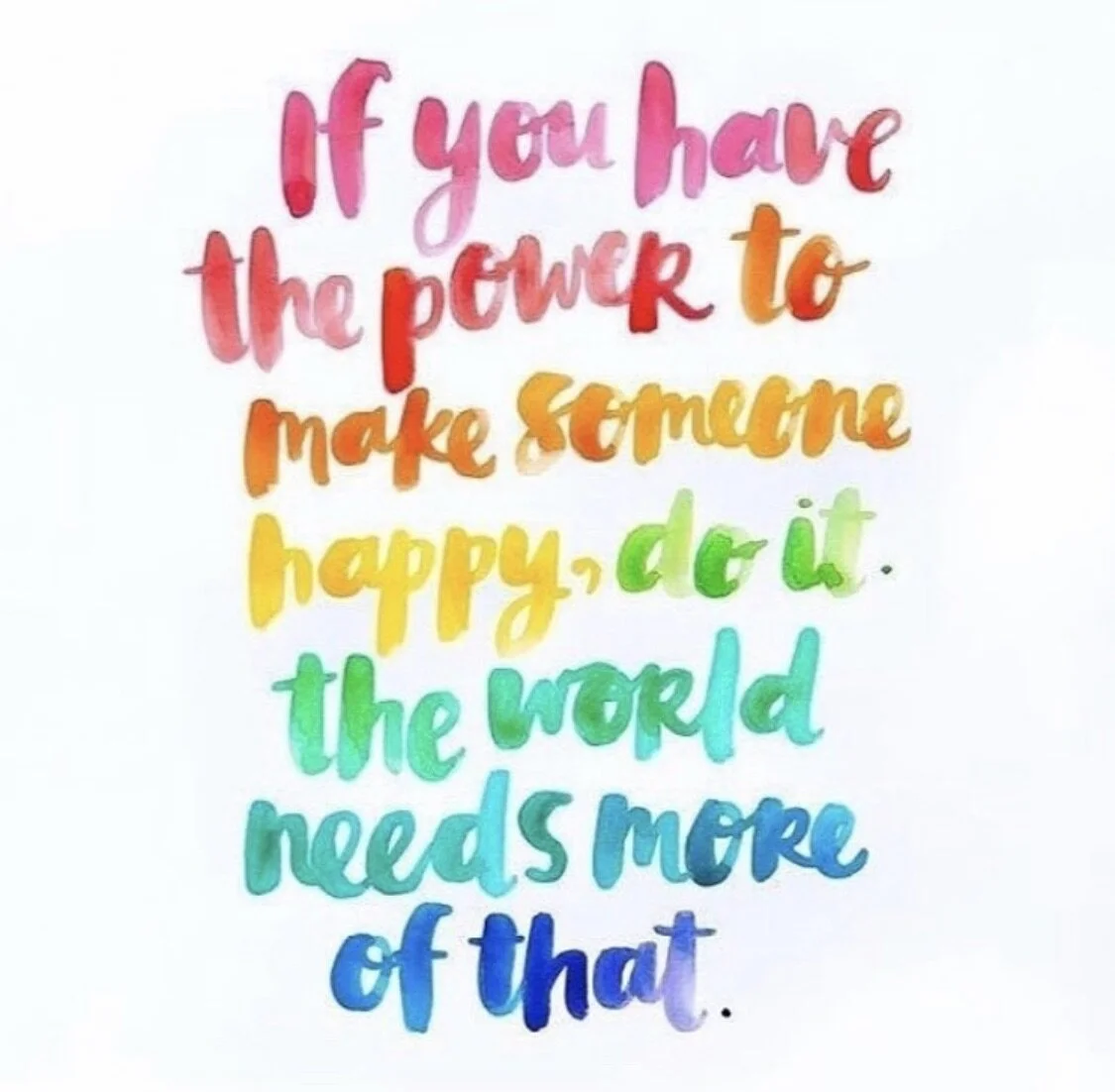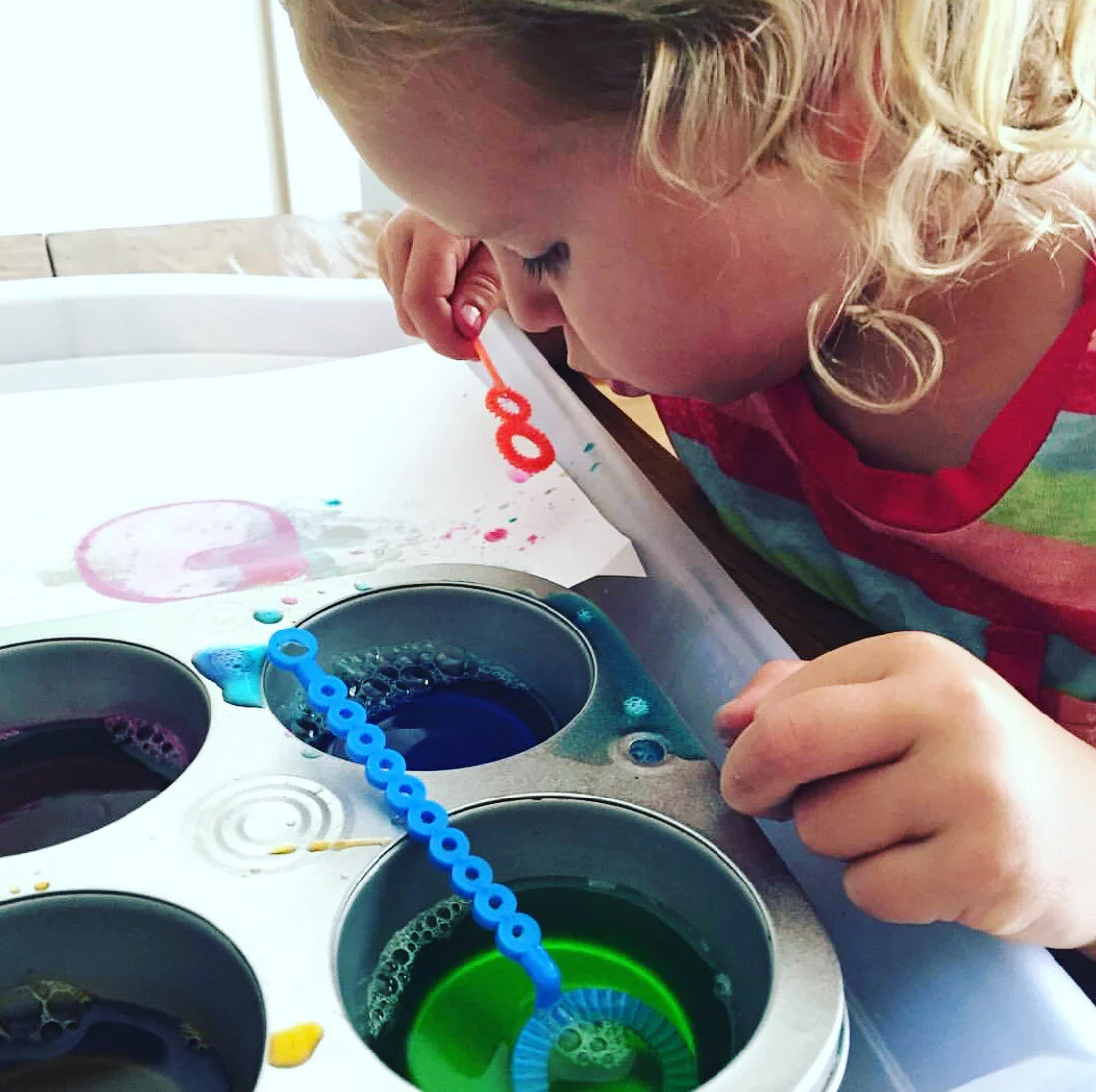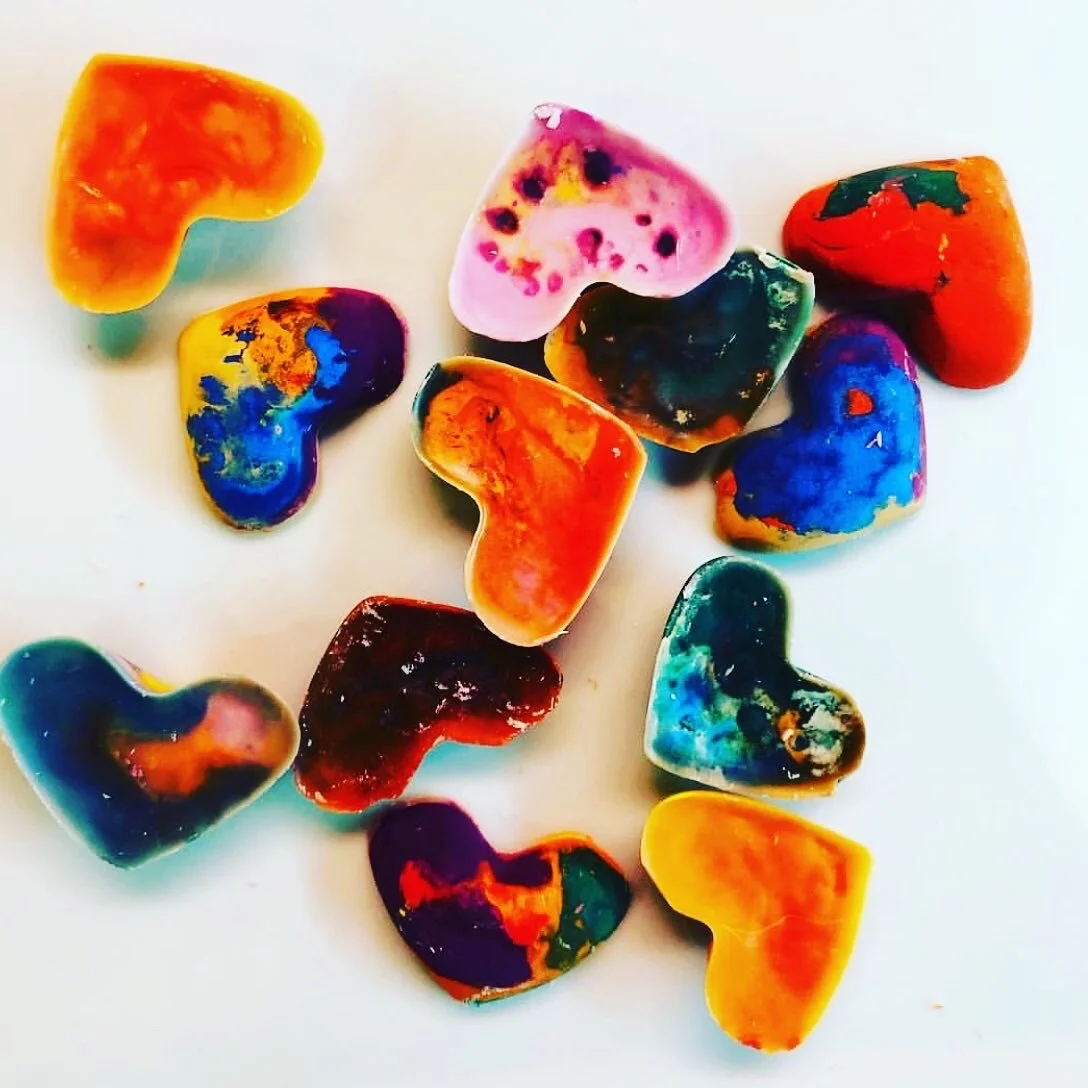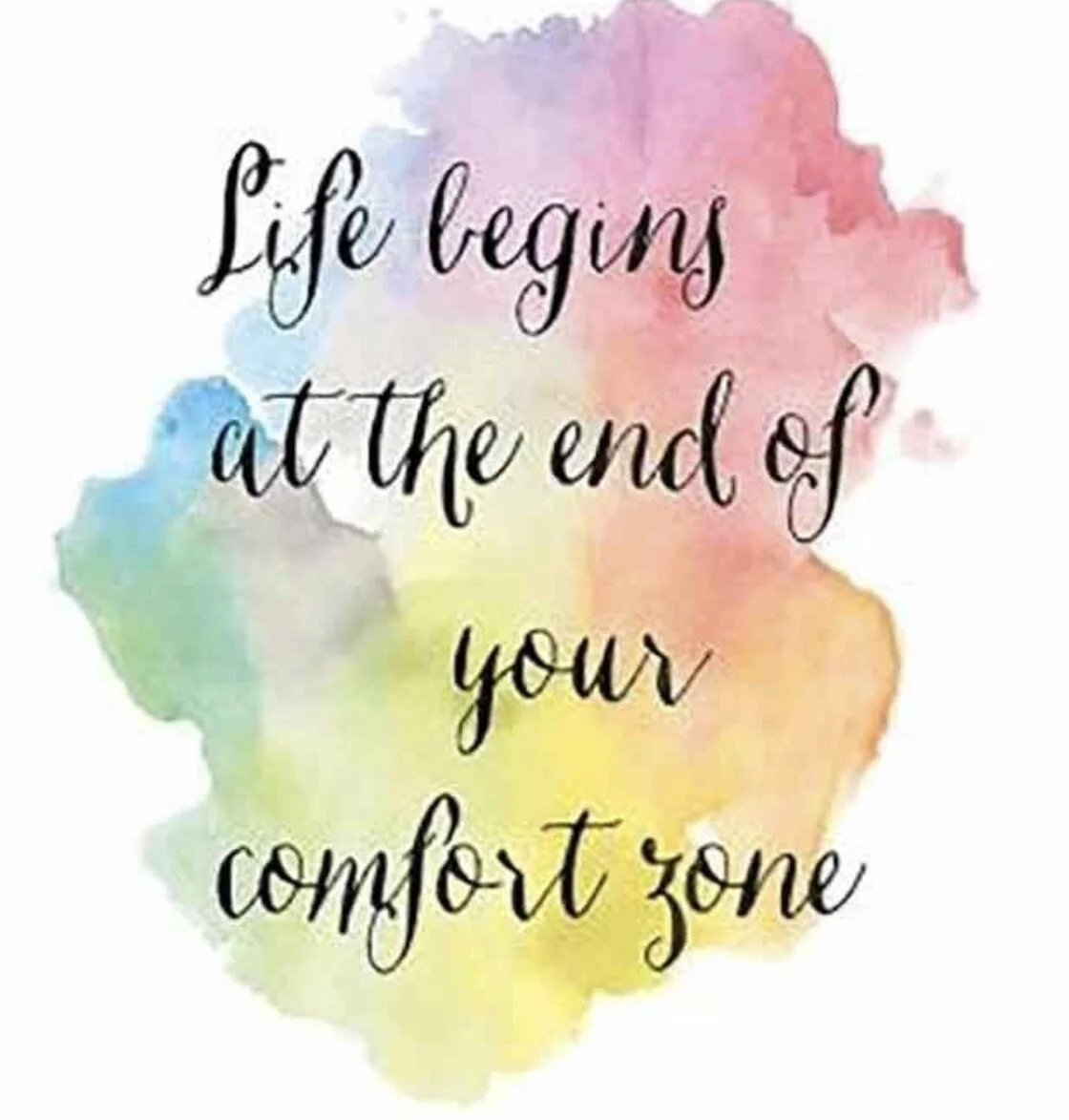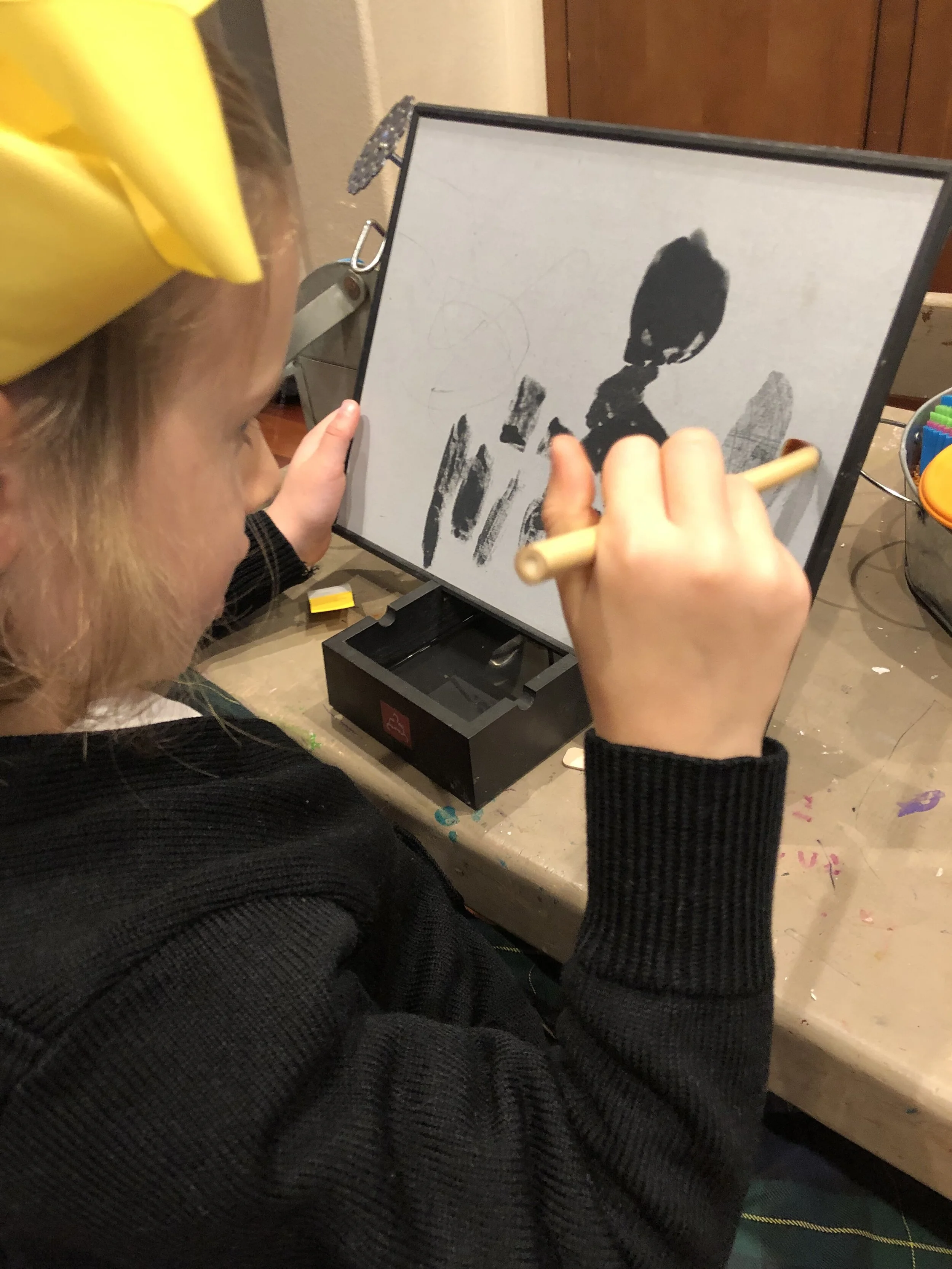At a time when the months seem to pass in warp-speed yet also at a snail’s pace, I continue to be shocked when we move into the next month.
Really, every month I find myself saying, “wow, I can’t believe it is already ___.”
So here we are, already thinking of how we will spend the holidays and what gifts we will give to loved ones and friends. I don’t know about you, but I am really really going to try and dial it down. Fewer, better gifts. The ones I know my kiddos will love. We will donate more, serve others more, and really honor the true
meaning of giving.
So here are some of my favorite tried-and-true gifts and some that I have my eye on…
Here are some favorite toys that span many age ranges:
These look absolutely amazing for so many different ages- a welcome addition to a child’s play space that might even double as a beautiful shelf decoration or a fabulous item on an adult’s work desk for some meditative tinkering while on a zoom call!
For 6 years now, my kiddos have absolutely loved Magnatiles. They play with them almost every.single.day! Again, this is a gift that can span across age groups from 18 months to 12+. In my opinion, these are even a toy I will box up and save for grandkids someday many many years from now! The options are endless with Magnatiles- the best open-ended activity!
A wobble balance board is another “toy” that can be used in so many ways across so many ages. Sit on it, stand, pretend it’s a boat, use it for toy cars, turn it upside down to make a “bridge” for toy trains… My kiddos have had one for years now and it is a permanent fixture in our playroom. I love using it with the kids I work with as well, because it builds body awareness, core strength, balance, and visual tracking skills.
Unit blocks! Unit blocks are an amazing gift that again can stand the test of time. These are fantastic tools you can not only play with in an open-ended way, but they truly teach math concepts.
Here is an article you might enjoy about the importance of block play!
Hands-down, our most beloved scooter. I highly recommend purchasing an adjustable handle so that the scooter can grow with you! My kids have ridden their scooters for years.
Weighted blankets have hit the mainstream. They used to just be something we talked about in the OT world. They aren’t for everyone- the weight can be too much for some. Look for a weight that is 5-10% of body weight but be prepared to try it out first with your kiddo to make sure it is something their nervous system enjoys.
Another great set of blocks that can be used to build number recognition but are also amazing to actually build structures!
How cool are these tree climbing holds?! My kids would absolutely love these!
Gifts for the little toddlers in your life…
I love these for playing peek-a-boo, developing object-permanence by hiding an object underneath, and even better- it will grow with your kiddo to become a doll blanket, a super-hero cape or part of a fort!
These pull-toys are so simple yet become a favorite for many tots! Not only is it great for pretend play and building language skills, but pulling a toy requires significant motor planning and body awareness.
These are always on my gift lists- so great for fine motor skills- put them on a high chair tray, in the bath, on a window… Truly, the options are endless!
Pretend play is one that will go on for years! This play phone will be perfect for many years to develop language skills and open up your child’s world of pretend play.
Always a favorite and how cute would this look under the Christmas tree stocked with items for pretend play?! Cooking, shopping, and a way to work on writing when your kiddos grow and can write pretend grocery lists!
I have been eyeing these luggy baskets for my daughter to cart her doll stuff around the house when she play as well as when she wants to take it to her grandma’s house! When she isn’t using it, I think I might borrow it to wrangle toys and loose things around the house for delivery to their places in our home!
A toy stroller and a water-proof doll have long been favorites in our house. For the growing toddler, these will go through many iterations of play for years!
Gifts for the school-age kiddo in your life…
One of my favorite gifts to give is an assortment of these Ooly art supplies and a sketchbook. Here are a couple of fun ones that will inspire creative writing, drawing, sending a letter to a friend or family!
A microscope is a great way to inspire young minds. Extend any activity by examining things under a microscope- then draw it, paint it, write about it!
This ball run for magnetic tiles looks so incredibly fun! It is a great way to expand structures and problem solve!
This is a great game for developing visual perception and visual discrimination skills in a fun way!
Another favorite AND beautiful game that also serves as an amazing open-ended opportunity for block play. This builds visual perception skills and problem solving abilities! It also looks stunning on a shelf!
The crafty kiddo in your life would love this rainbow craft! How cheery is this?!
These wooden bow and arrows are so fun and fantastic for building hand-eye coordination, bilateral coordination and motor planning skills!
This has been such a hit in our family. We document fun memories as well as silly things around the house. This also provides a great opportunity to paste them in a book and have a fun writing opportunity!
Let me know what some of your favorite gifts to give are… What do your kiddos love giving and receiving??
You can check out last year’s gift guide here!






